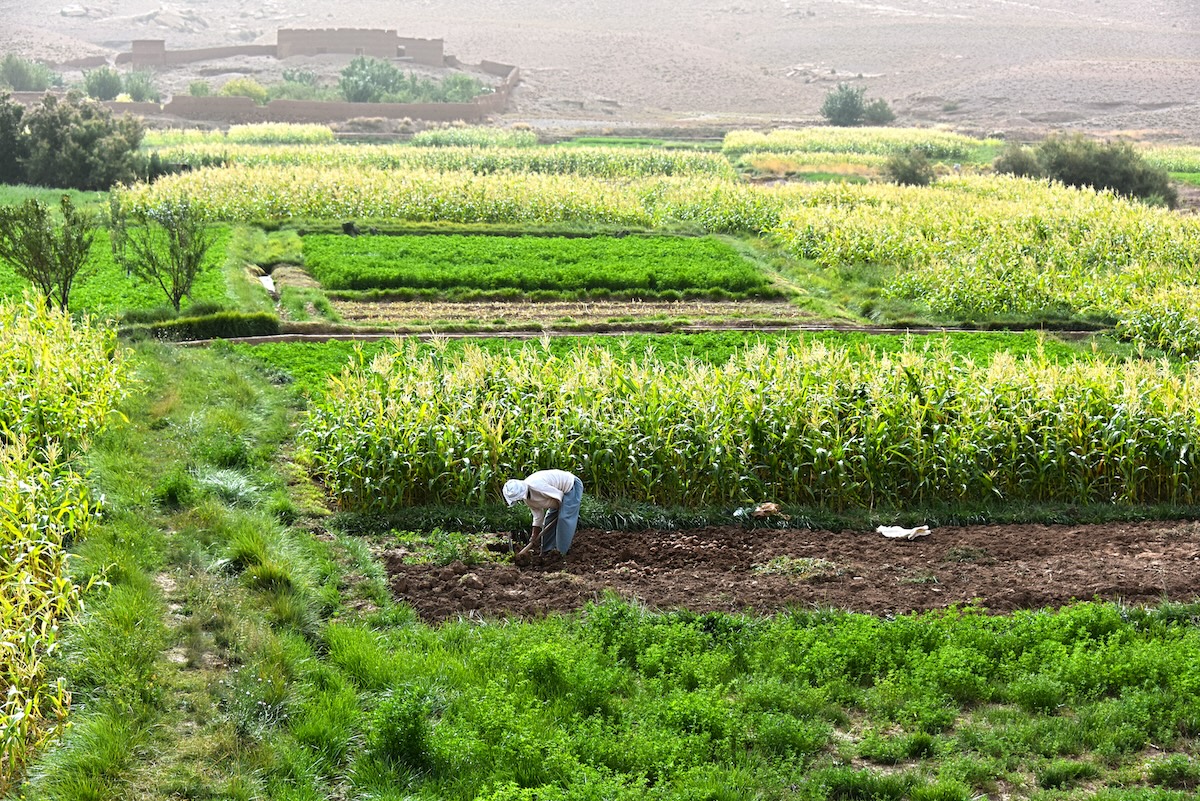For all of the well-advertised risks of overdependence on subsoil assets, they are an important source of government revenues and well-renumerated employment for a number of low- and middle-income countries. But a global economy moving towards low-carbon production is going to dramatically shift demand for subsoil resources, from fossil fuels toward metals and minerals. A new paper, by Augustin Kwasi Fosu and Dede Woade Gafa, lays out the evidence on which countries may be winners and losers from the process.
There are new opportunities for extractive industries in a number of low- and lower-middle-income countries in Africa and beyond. The Democratic Republic of the Congo, for example, is home to considerable reserves of copper, cobalt, zinc, and tin. At the same time, at the global scale, it isn’t clear that the new revenue opportunities from increased demand for minerals related to the low-carbon economy are as large as the likely lost revenues from lower demand for fossil fuels. The most recent World Bank estimates (for 2018) suggest worldwide fossil fuel wealth is still five times that of metals and minerals wealth. Sub-Saharan Africa has subsoil assets worth a little over $1 trillion, of which fossil fuels account for about 85 percent. That proportion will surely change considerably as prices and demand adjust toward a lower-carbon global economy. But, combined with the forecasts presented in the paper, it suggests that at least in the medium term, revenue losses from lower prices and demand for fossil fuels may considerably outweigh gains from greater demand for metals linked to renewables.
This is a very partial picture: most developing economies are net importers of fossil fuels. And as low-income countries are particularly at risk from the impacts of climate change, they will benefit from lower emissions linked to reduced fossil fuel use. But some countries—and the paper points to Angola, Nigeria, and Equatorial Guinea as three African examples—are likely to face particularly challenging adjustments to lower fossil fuel prices.
Fosu and Gafa’s paper is part of a broader research project at the Center for Global Development looking at prospects for developing countries over the next 30 years. Other papers in the series suggest that agriculture and manufacturing may also play less of a role as an engine of prosperity in developing countries, while moving for work will present large new opportunities. Services and migration loom ever larger as the path toward higher incomes for low- and lower-middle-income countries.
CGD blog posts reflect the views of the authors, drawing on prior research and experience in their areas of expertise.
CGD is a nonpartisan, independent organization and does not take institutional positions.






